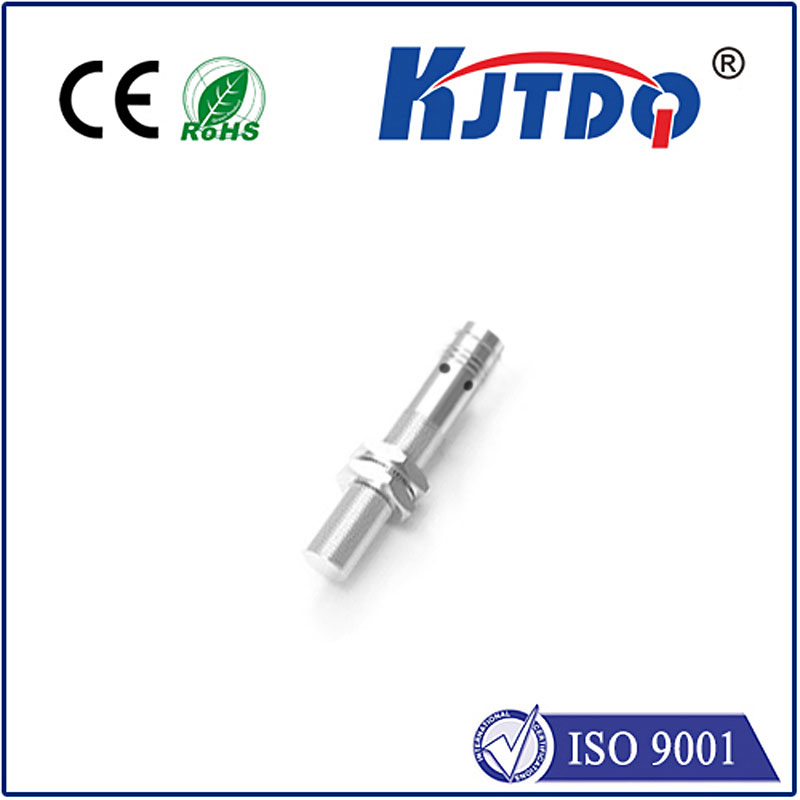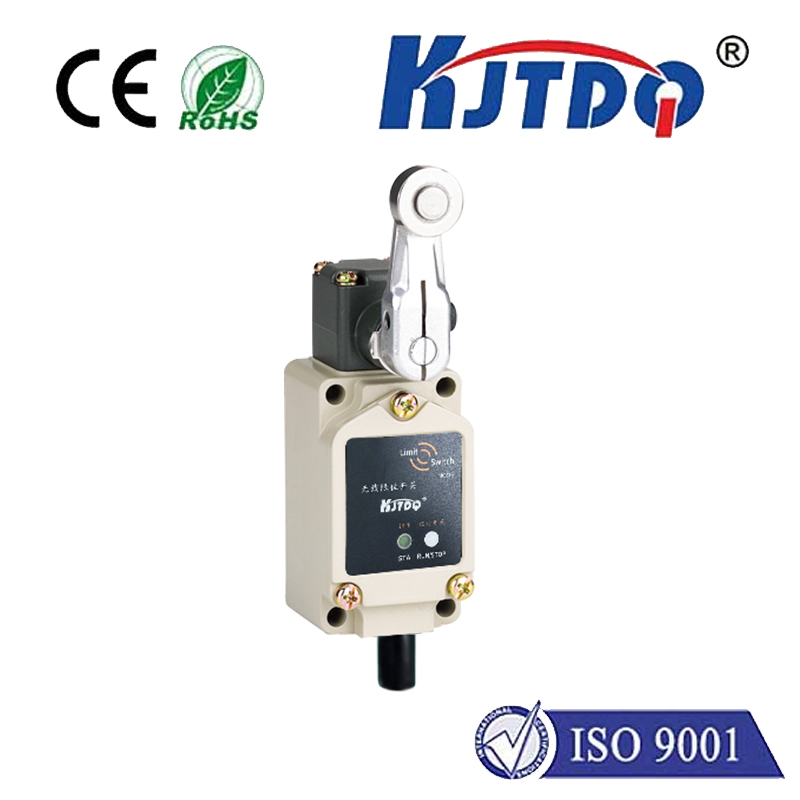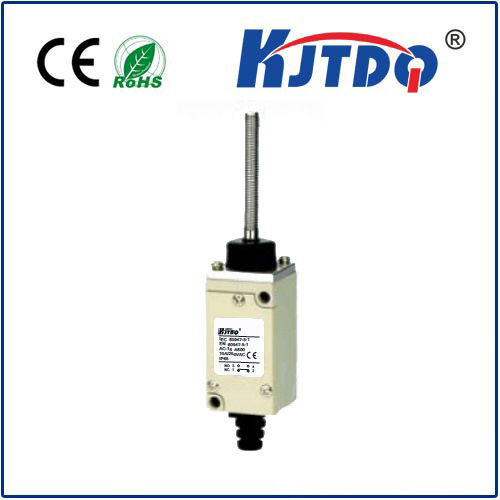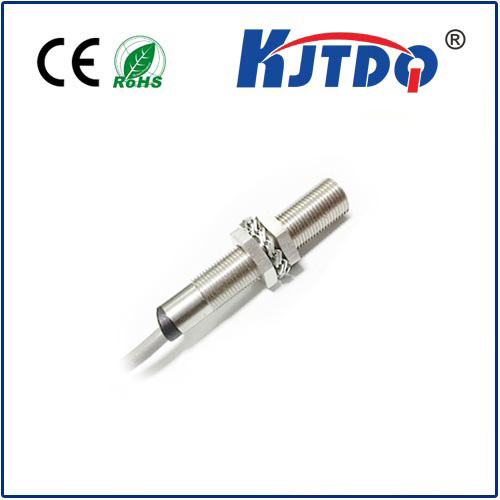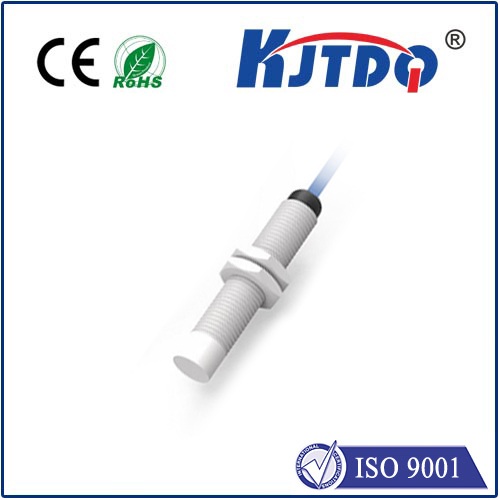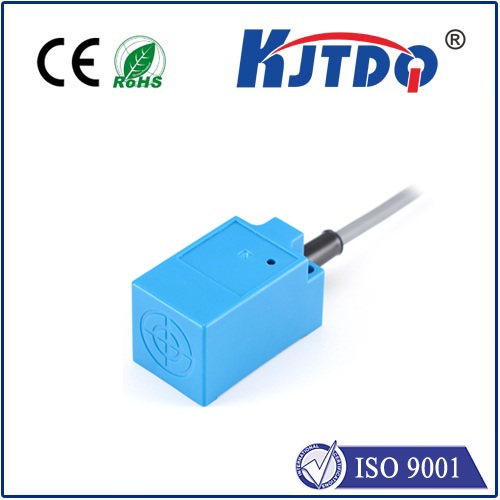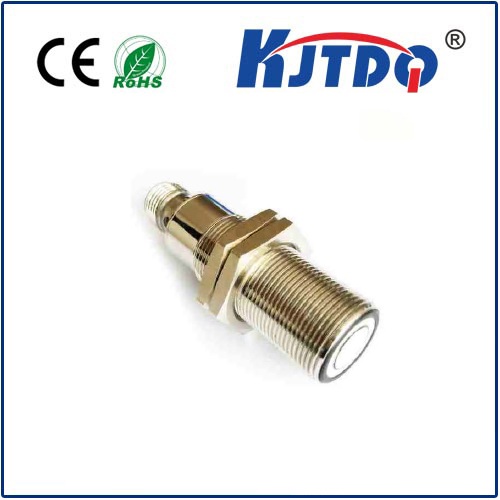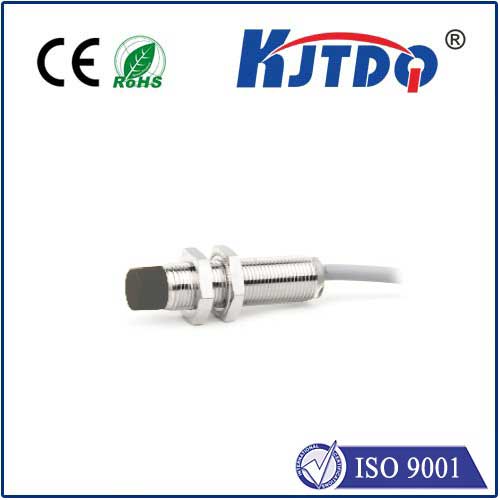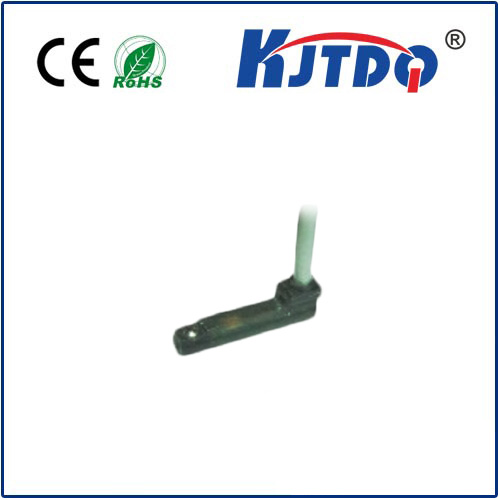

check

check

check

check

check

check

check

check

check

check

Title: Understanding the Efficiency of Laser Proximity Switches in Modern Sensory Technology Introduction: The advent of laser technology has revolutionized various sectors, and one such innovation is the laser proximity switch. This device is a type of sensor that uses laser light to detect the presence or absence of an object within a specified range. Its applications span across numerous fields, including industrial automation, automotive systems, and security mechanisms. The purpose of this article is to shed light on the functionalities, advantages, and potential use-cases of laser proximity switches, underscoring their importance in contemporary technology. The Working Principle: Laser proximity switches operate based on the reflection of a laser beam. When the laser light hits an object, it gets reflected back to the sensor. The sensor then measures the time it took for the laser to bounce back, which helps in determining the distance between the switch and the object. This principle allows for precise distance measurement and object detection without any physical contact, making these switches ideal for non-intrusive sensing solutions. Key Features and Benefits: One of the primary benefits of using laser proximity switches is their high accuracy and reliability. They can function in environments with varying levels of light and temperature, ensuring consistent performance. Moreover, they offer fast response times and can measure distances over a wide range, depending on the model. The absence of mechanical wear and tear also contributes to their long lifecycle, reducing maintenance costs. Applications Across Industries: In industrial settings, laser proximity switches are instrumental in monitoring conveyor belts, controlling material flow in hoppers, and ensuring product alignment in packaging lines. In the automotive industry, they play a critical role in advanced driver assistance systems (ADAS), enabling features like adaptive cruise control, lane-keeping assist, and obstacle avoidance. Additionally, security systems leverage these switches for perimeter protection and intrusion detection by accurately sensing unauthorized movements. Advantages Over Conventional Methods: Compared to traditional proximity switches that rely on capacititive or inductive principles, laser proximity switches stand out due to their superior precision and greater resistance to electromagnetic interference. They are less susceptible to false triggering from non-target objects and provide more reliable data even in challenging conditions such as dusty or oily environments. Future Prospects: As technology continues to evolve, the capabilities of laser proximity switches are expected to expand even further. Integration with Internet of Things (IoT) platforms could lead to smarter sensor networks capable of real-time data analysis and enhanced decision-making processes. Their potential in emerging sectors like robotics and autonomous vehicles is vast, promising to bring about new efficiencies and safety enhancements. Conclusion: Laser proximity switches have proven to be invaluable assets in various technological applications due to their precision, reliability, and versatility. As industries continue to innovate and seek more efficient solutions, the role of laser proximity switches is set to become even more significant. By understanding their workings and advantages, we can better appreciate the subtle yet profound impact these devices have on shaping our modern world.
